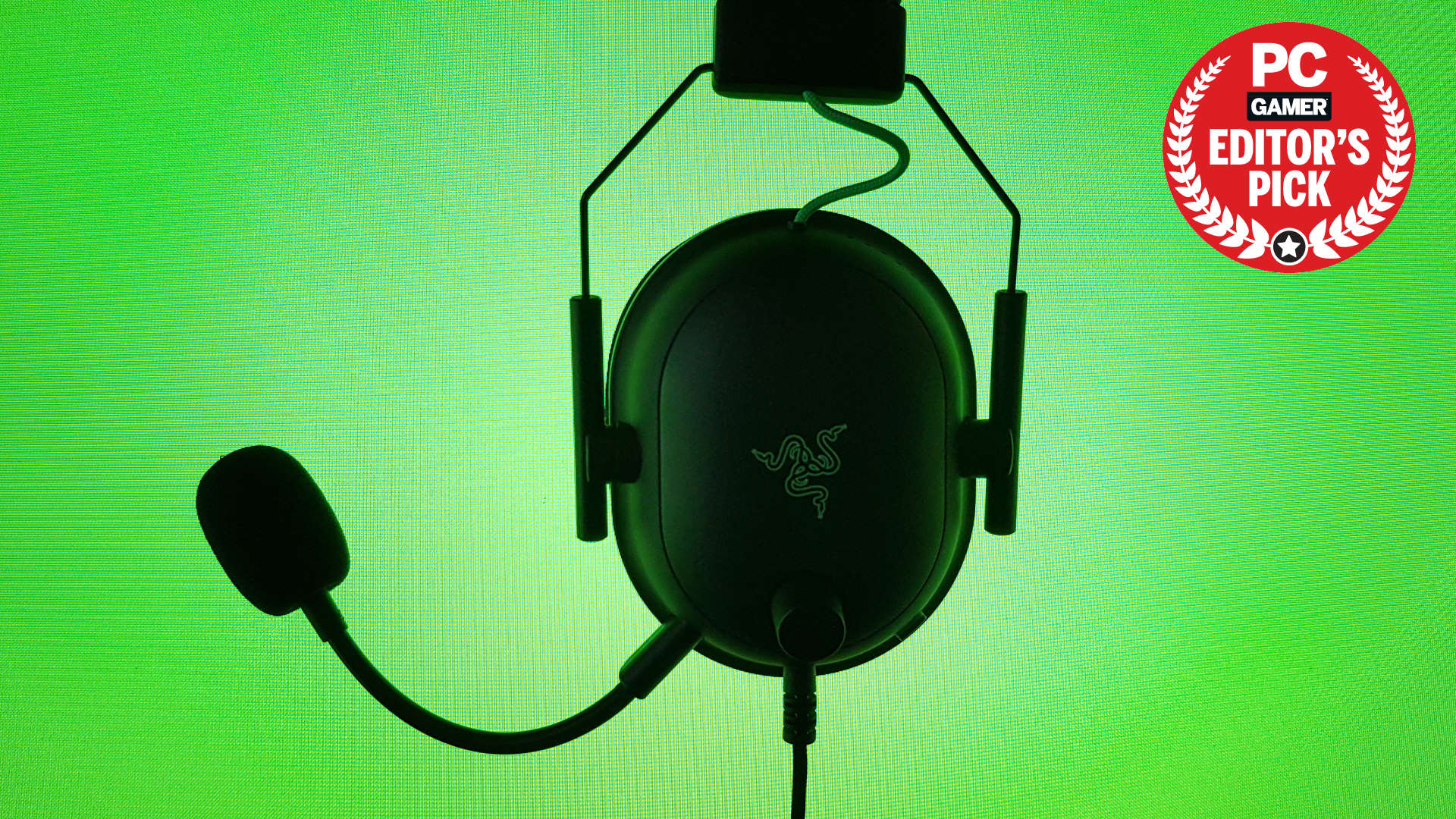Our Verdict
An impressive re-working of the classic BlackShark, and the first gaming headset to really knock the HyperX Cloud Alpha off its perch.
For
- Restrained styling
- Comfortable
- Great audio
- Great value
Against
- Can't wait for the wireless version...
PC Gamer's got your back
The new Razer BlackShark V2 is being billed as the "the definitive esports gaming headset", but for those of us not affiliated with any 1337-named esports team there's another way to look at these new Razer cans: the gaming headset to dethrone the HyperX Cloud Alpha.
Yes, it really is that good. From the audio response, comfort, design, and software, the BlackShark V2 is absolutely one of the best gaming headsets available right now, and potentially the best. The fact Razer has kept the price down to a vaguely affordable $100 means it goes head-to-head with the classic HyperX headset, and for my money it's got it beat.
The original BlackShark was introduced in 2012, with a more industrial design than most and a wireframe microphone to boot. It was immensely popular with the esports community for its audio quality, comfort, and mic clarity, and those are the key pillars that Razer has built the BlackShark V2 on this year.
But this is an all-new headset, not just some iterative update. There's a new design and this is the first time we've seen Razer's TriForce Titanium 50mm drivers in a set of cans too. The comparison with the Cloud Alpha works here too, as the tuned ports of the new TriForce drivers operate in a not-dissimilar way to the HyperX design. The discrete ports keep the bass, mid, and treble separated to keep the different tones from interfering with each other, much like the dual-chamber layout of the competition.
And it gives a level or aural clarity to the BlackShark V2 that makes me doubly surprised to hear it from a headset that costs just $100. If I'm being very picky I'd maybe say that I can hear a little more separation of the higher frequencies with the HyperX Cloud Alpha—mostly when the THX software is enabled— but there is a richness to the mids, and some velvety bass notes, that you only get with the BlackShark V2.
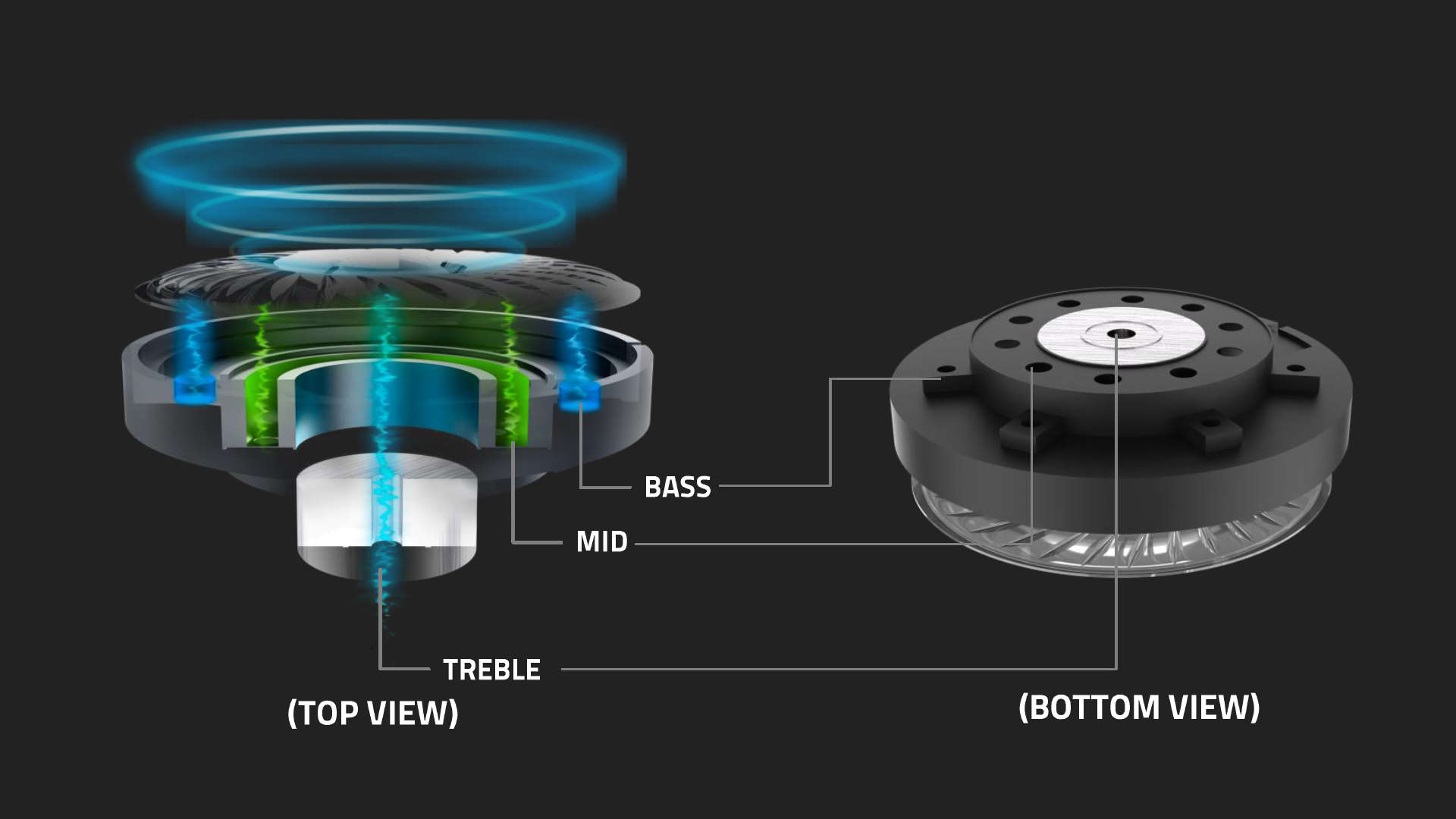
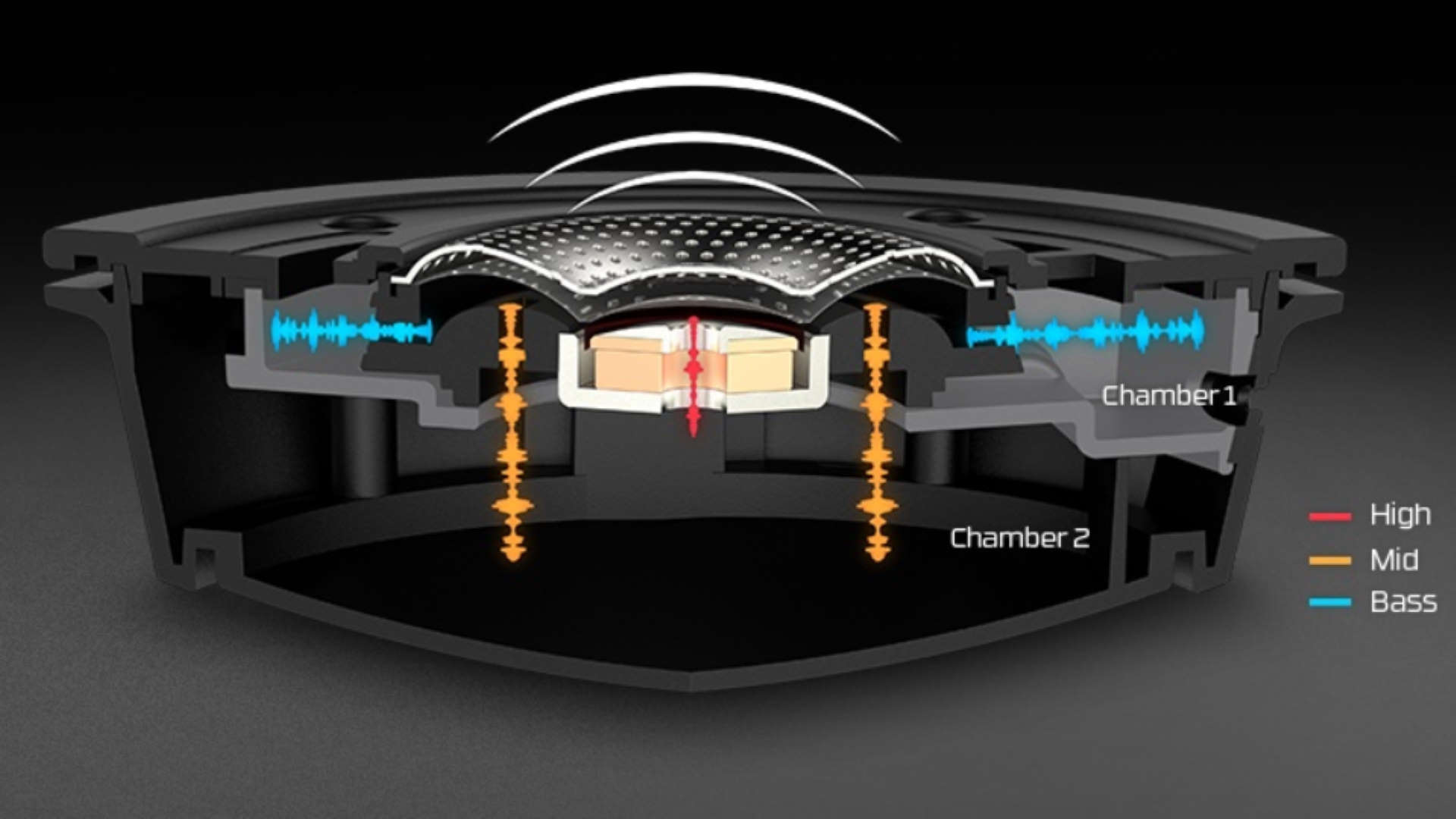
Frequency response - 12Hz - 28,000Hz
Drivers - 50mm Razer TriForce Titanium
Microphone - Razer HyperClear Cardioid
Connection - 3.5mm, USB soundcard
Weight - 262g (0.6lbs)
The Razer Synapse software then allows you to tune that detailed audio to your heart's content, thanks to the bundled USB sound card that comes in the box. This also gives you access to that THX Spatial Audio software. To my genuinely complete surprise this actually enhances not just the gaming experience, but also improves the experience of listening to high-resolution music too.
I'm a teeny bit of an audio snob; sporting an obsession with Tidal's Master Quality Authenticated (MQA) offerings, and I don't quite have the words to express the slap-bass joy of Rage Against the Machine's Take the Power Back when played loud on really good audio equipment. My usual headphones are the Audeze LCD-3, a particularly lovely open-back pair of cans rocking planar magnetic drivers. They're great, for music and gaming, but those advanced drivers make them expensive.
Keep up to date with the most important stories and the best deals, as picked by the PC Gamer team.
The BlackShark V2 may not quite have the glorious clarity of a well-worn planar magnetic set, but the tonal quality of the TriForce drivers, surprisingly with the THX software in music mode, makes for a fantastic experience.
And they're great in-game too. Where there's a warmth to the musical experience that means I've been oscillating between the melancholy of Swift's folklore and the toe-tapping of Seasick Steve's latest, I'm feeling kinda shellshocked after an explosive Battlefield V tour of duty.
It's intense and all-encompassing.
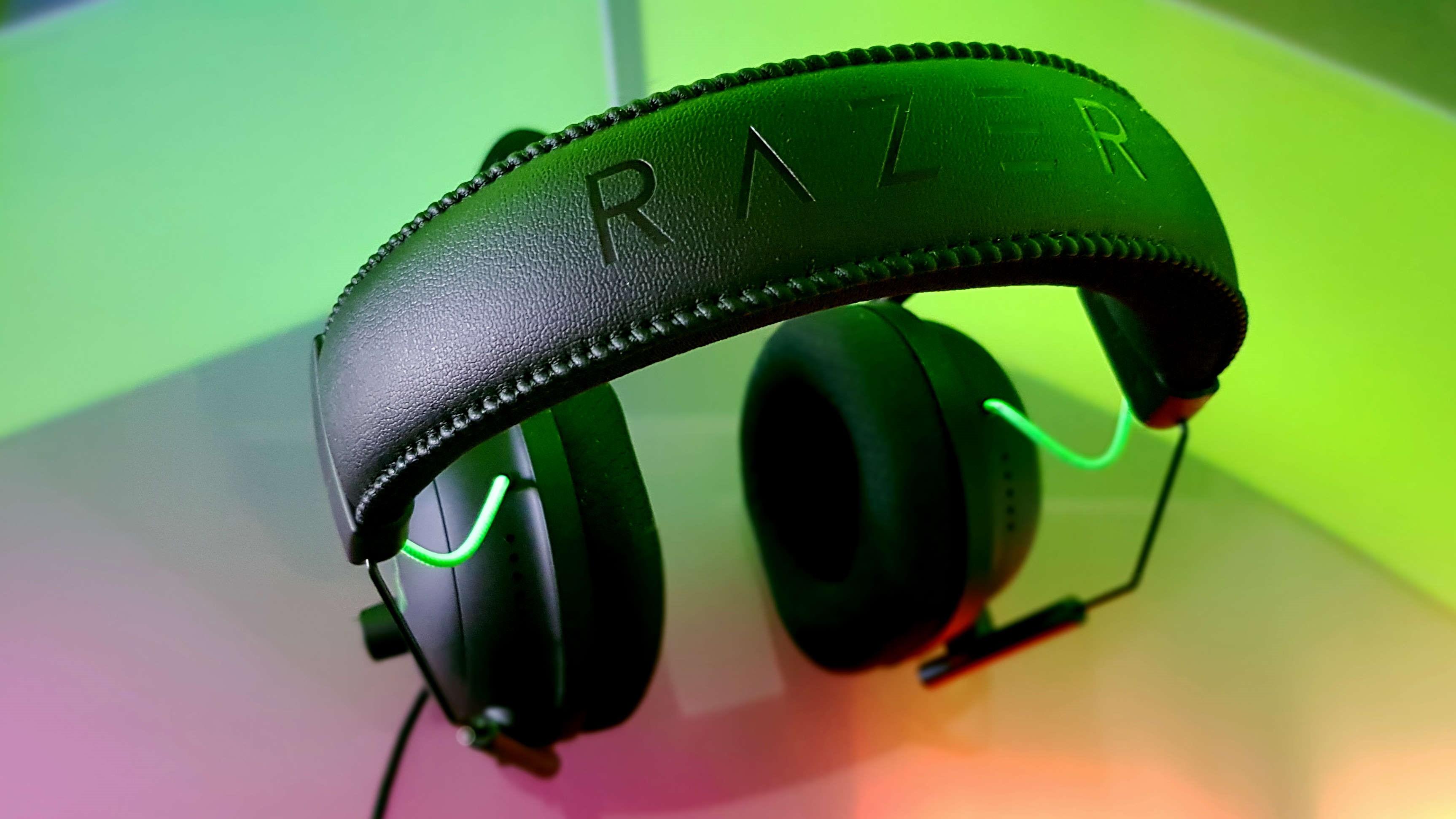
And the THX Spatial Audio comes into play here, delivering detailed game audio as well as clear positional signals and environmental cues. But that's only going to get better as a week after today's launch Razer will be launching THX Game Profiles. These are dedicated per-game profiles, accessible via Synapse, that have been specifically tuned with input from the actual game developers themselves. At launch there will be 18 games supported, from Apex Legends, to Valorant, CS: GO, and Modern Warfare.
But as much as the aural experience is absolutely vital, so is the overall design, and this is Razer at its restrained best. There's a single mic mute toggle and one perfectly simple volume wheel, and that's it. The braided green cable atop each earcup is the only real nod to colour on the headset, with a notable, and appreciated, lack of RGB LEDs adorning it.
Of all the gaming peripherals in the world, something you wear on your head should definitely not have coloured lights on it. Use something else for peacocking, people.
The BlackShark V2 design is simple, functional, and incredibly comfortable. It's a touch lighter than the Cloud Alpha and the foam padding may not be as luxurious to look at as leatherette pads, but you're not going to get as sweaty over a long-term gaming session wearing these. And I've been wearing this headset for many a long day now, wearing them for work and play. And seemingly endless video calls.
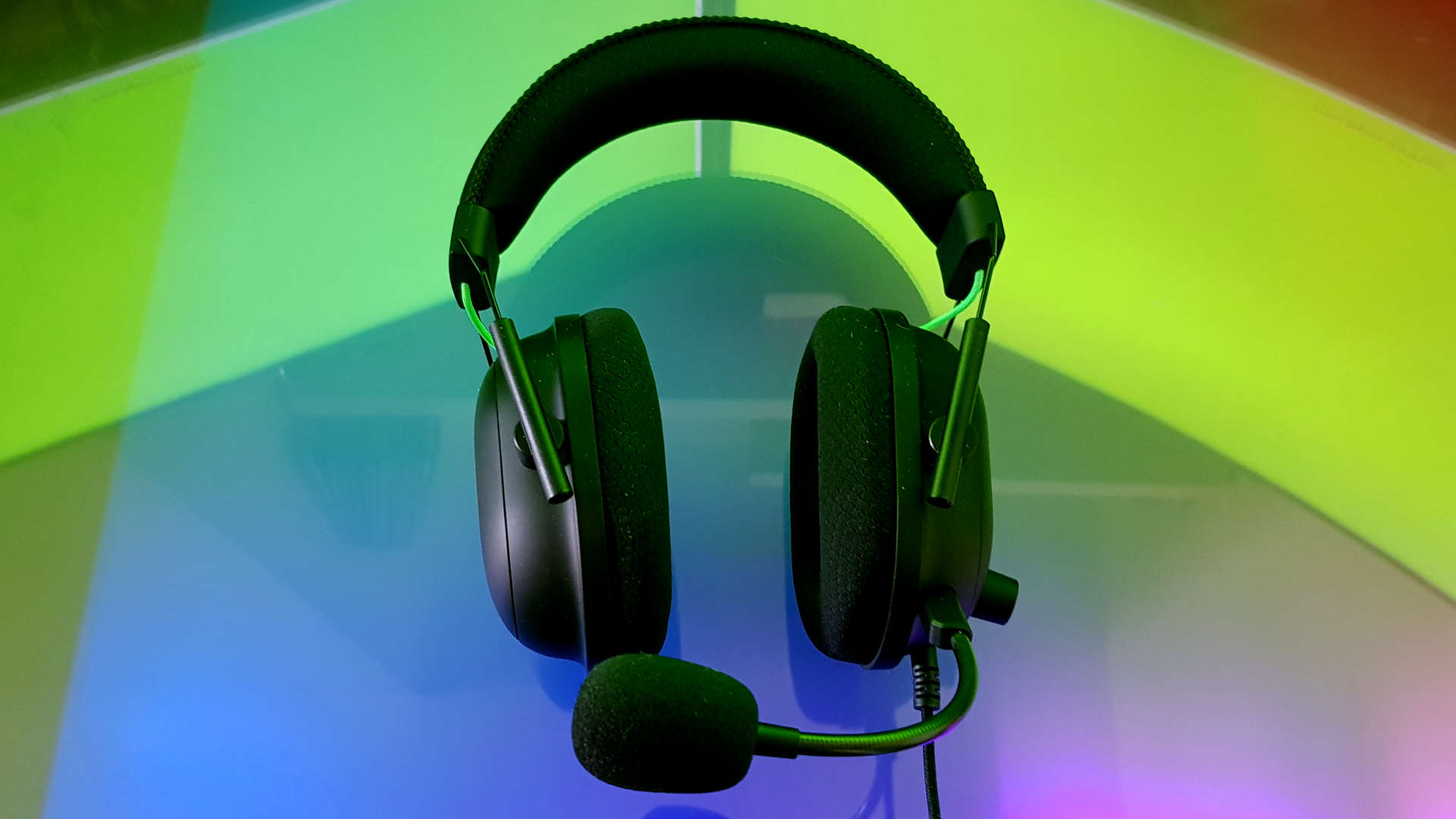
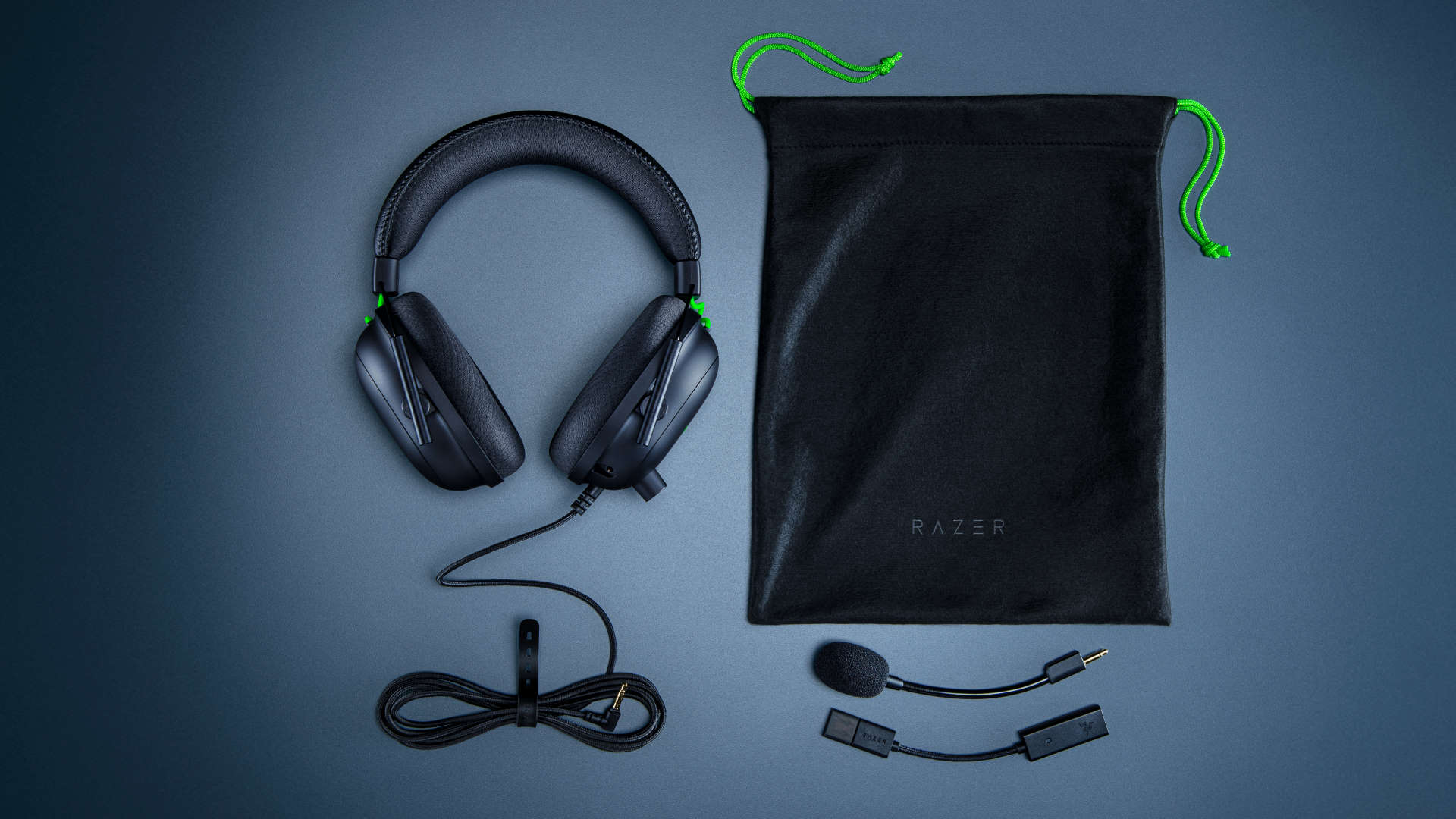
Thankfully the microphone is a removable Razer HyperClear Cardioid offering, and it's been designed for vocal clarity above all else. Even above the actual reproduction of your voice. As standard it's deliberately lightweight tonally, cutting out a lot of the low-end, but that allows it to cut through when you're talking. It's not overly pleasant, but it gets the job done.
The mic equalizer in the Synapse software, however, is able to make all the difference if you want to get a bit of your smooth, deep vocal tonality back.
The Razer BlackShark V2 is a hell of a package, and a hell of a headset. I'm still a big fan of the wireless Razer Threshers, but haven't really been sold on many of its more recent headsets, and have been extolling the virtues of the Cloud Alpha since I first laid a pre-production version on my head prior to release.
But, thanks to the combination of great value, quality audio, and impressive software, the BlackShark V2 has nudged the HyperX headset from its once-secure place in my heart.
An impressive re-working of the classic BlackShark, and the first gaming headset to really knock the HyperX Cloud Alpha off its perch.

Dave has been gaming since the days of Zaxxon and Lady Bug on the Colecovision, and code books for the Commodore Vic 20 (Death Race 2000!). He built his first gaming PC at the tender age of 16, and finally finished bug-fixing the Cyrix-based system around a year later. When he dropped it out of the window. He first started writing for Official PlayStation Magazine and Xbox World many decades ago, then moved onto PC Format full-time, then PC Gamer, TechRadar, and T3 among others. Now he's back, writing about the nightmarish graphics card market, CPUs with more cores than sense, gaming laptops hotter than the sun, and SSDs more capacious than a Cybertruck.
